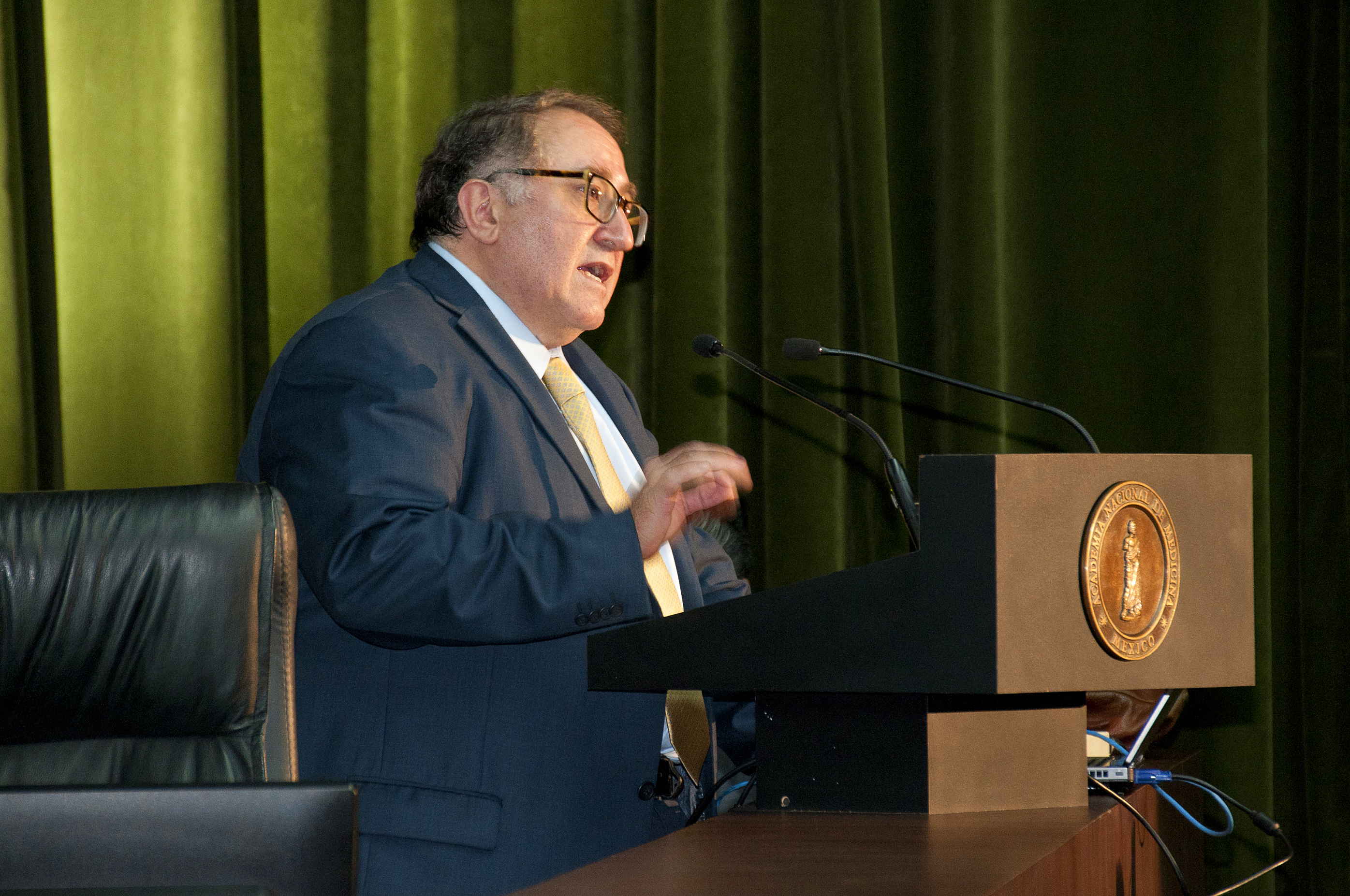
To determine the effectiveness of intralesional administration of onabotulinumtoxinA in patients with Peyronie’s disease (PD). A prospective therapeutic cohort study was undertaken in patients aged ≥ 18 years with stable PD. Intervention included one-time intralesional application of 100 U of onabotulinumtoxinA. We included 22 patients who attended the urology clinic from October 1, 2011 to June 30, 2012. Primary outcome measure was degree of curvature. Secondary outcome measures were thickness of the fibrous plaque, improvement in erectile function and pain. Erectile function was evaluated using the International Index of Erectile Function (IIEF-5) questionnaire. The Visual Analog Scale (VAS) was used to measure pain during an erection. Statistical analyses were performed by Pearson’s chi-squared test for categorical variables and student’s t-test for quantitative variables. Any P value < .05 was considered statistically significant. The size of the fibrous plaque was reduced from 0.34 ± 0.20 to 0.27 ± 0.13 cm after treatment (P = .014). The curvature initially averaged 32.95 ± 9.21°, and improved to 25 ± 9.38° (P = .025). According to the Kelami classification, the curvature was < 30° in 14 cases (63.6%) and was 30°-60° in eight cases (36.4%). At 16 weeks, the curvature was < 30° in 19 cases (86.4%) and 30°-60° in three cases (13.6%). The IIEF-5 score was 16.18 ± 4.46 before treatment and 18.22 ± 4.55 after treatment (P = .002). Pain was reduced from 3.36 ± 3.48 before treatment to 1.14 ± 1.58 after treatment (P = .001). The administration of onabotulinumtoxinA may improve the clinical manifestations of PD resulting from fibrosis, thus improving sexual function in patients.









